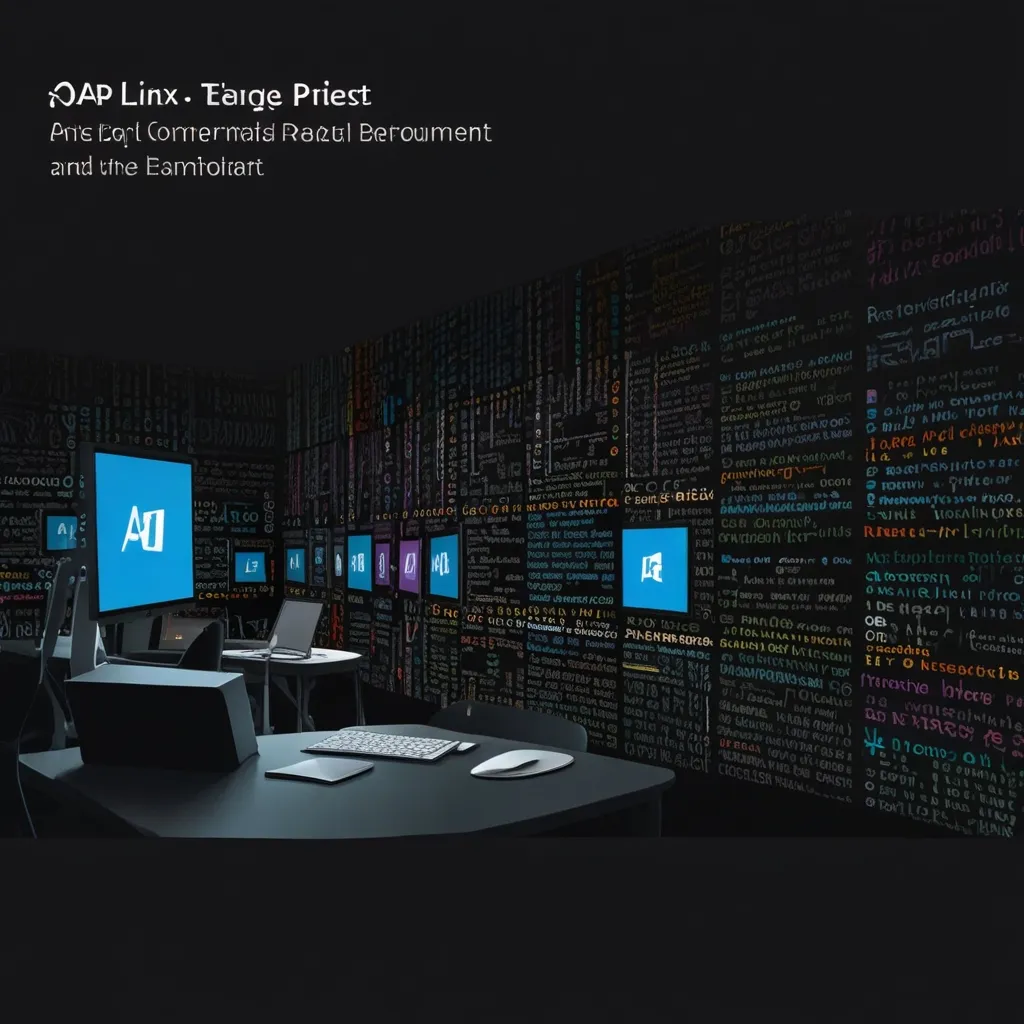Java has been the go-to language for developers for decades, especially in the enterprise world. But as the tech landscape shifts with the rise of cloud-native, containerized, and serverless setups, the traditional Java stack has struggled to keep up. Enter Quarkus, a game-changer designed to make Java fit seamlessly into the modern world of software development.
Quarkus is all about embracing the cloud and container environments from the get-go. It’s not just another Java framework; it’s a re-imagined ecosystem built for Kubernetes, GraalVM, and OpenJDK HotSpot, ensuring developers can leverage their existing Java skills while enjoying the perks of modern development practices.
The cool thing about Quarkus is how it puts containers first. Fast startup times and low memory usage are critical in Kubernetes setups where you need to quickly scale up and manage resources efficiently. Quarkus excels here by moving much of the initialization work to build time, achieving startup times in mere milliseconds—a massive upgrade from traditional Java apps.
Another highlight of Quarkus is how it unifies imperative and reactive programming. This feature provides the flexibility to use conventional imperative coding while also offering the tools to dive into reactive programming, which is fantastic for building responsive, highly concurrent applications.
Quarkus also enhances developer joy—a fancy way of saying it makes coding fun and productive. With live coding capabilities that show changes almost instantly, it significantly cuts down on development time and reduces the usual back-and-forth drudgery.
Native compilation is another head-turner. With its deep integration with GraalVM, Quarkus enables the conversion of Java applications into native executables. This process slashes memory usage and accelerates startup times, making Java competitive in cloud environments where every millisecond and megabyte counts.
If you’re excited to give Quarkus a try, getting started is super straightforward. With tools like Maven and Gradle, setting up a new project is a breeze. Just a simple command will scaffold a basic project for you, complete with a JAX-RS resource to get you going.
Once your project is ready, building and packaging your application is seamless. To create a native executable, all you need to do is set the GRAALVM_HOME environment variable and run the native profile. This generates an executable you can run without needing a JVM.
Deploying a Quarkus app on Kubernetes is just as streamlined. After containerizing your application using a Dockerfile, pushing the image to your registry, and deploying it via Kubernetes commands, your application will be up and running in a containerized environment optimized for performance and scalability.
Quarkus stands on the shoulders of giants, built upon tried and true Java standards and libraries like Eclipse MicroProfile, JPA/Hibernate, JAX-RS/RESTEasy, and Eclipse Vert.x. This ensures that while you’re exploring new efficiencies with Quarkus, you’re still in familiar territory.
Extensions and integrations are a big part of Quarkus’s magic. The framework facilitates the easy integration of third-party tools and libraries, minimizing the complexity usually associated with making them work with Java. Popular extensions cover everything from Hibernate ORM to Apache Kafka Streams and Keycloak for security.
Quarkus is genuinely a significant milestone for Java development. Whether you’re looking to venture into cloud-native and containerized applications or simply want to upgrade your current Java practice for better performance, Quarkus offers the tools and features to make it happen swiftly and efficiently. This balanced mix of innovation and familiarity makes it a powerful candidate for any modern development stack, ensuring you stay productive and ahead of the curve.






